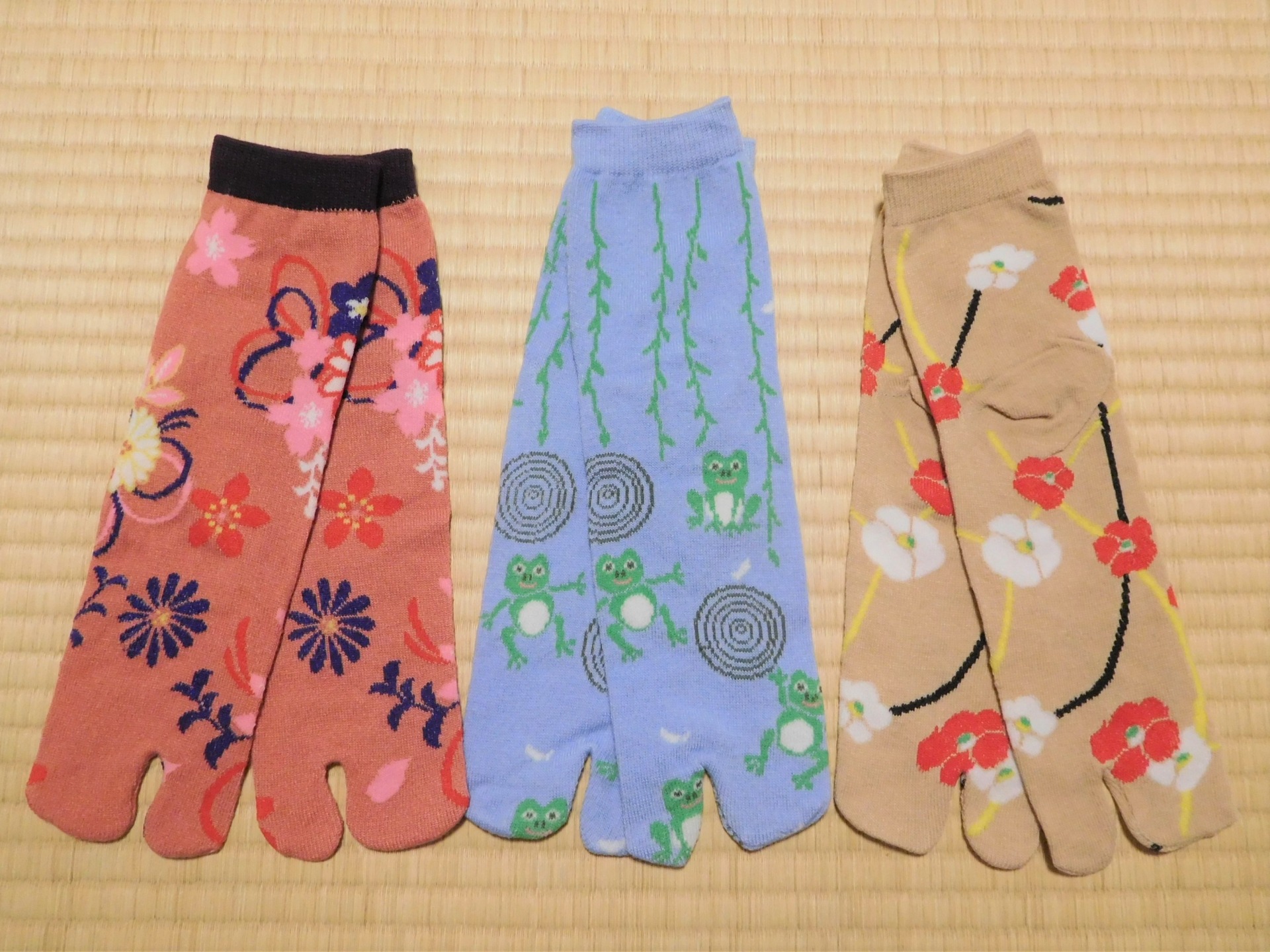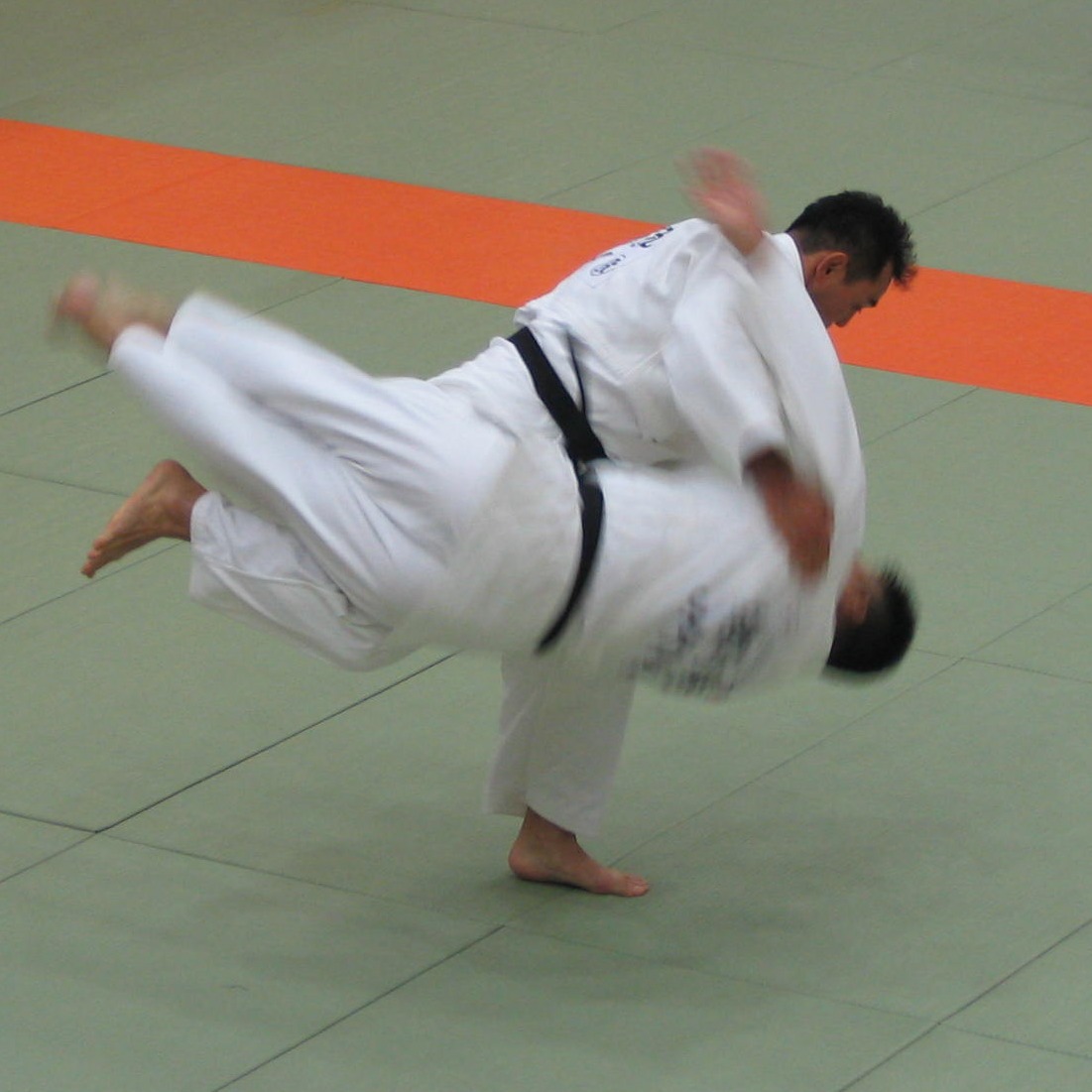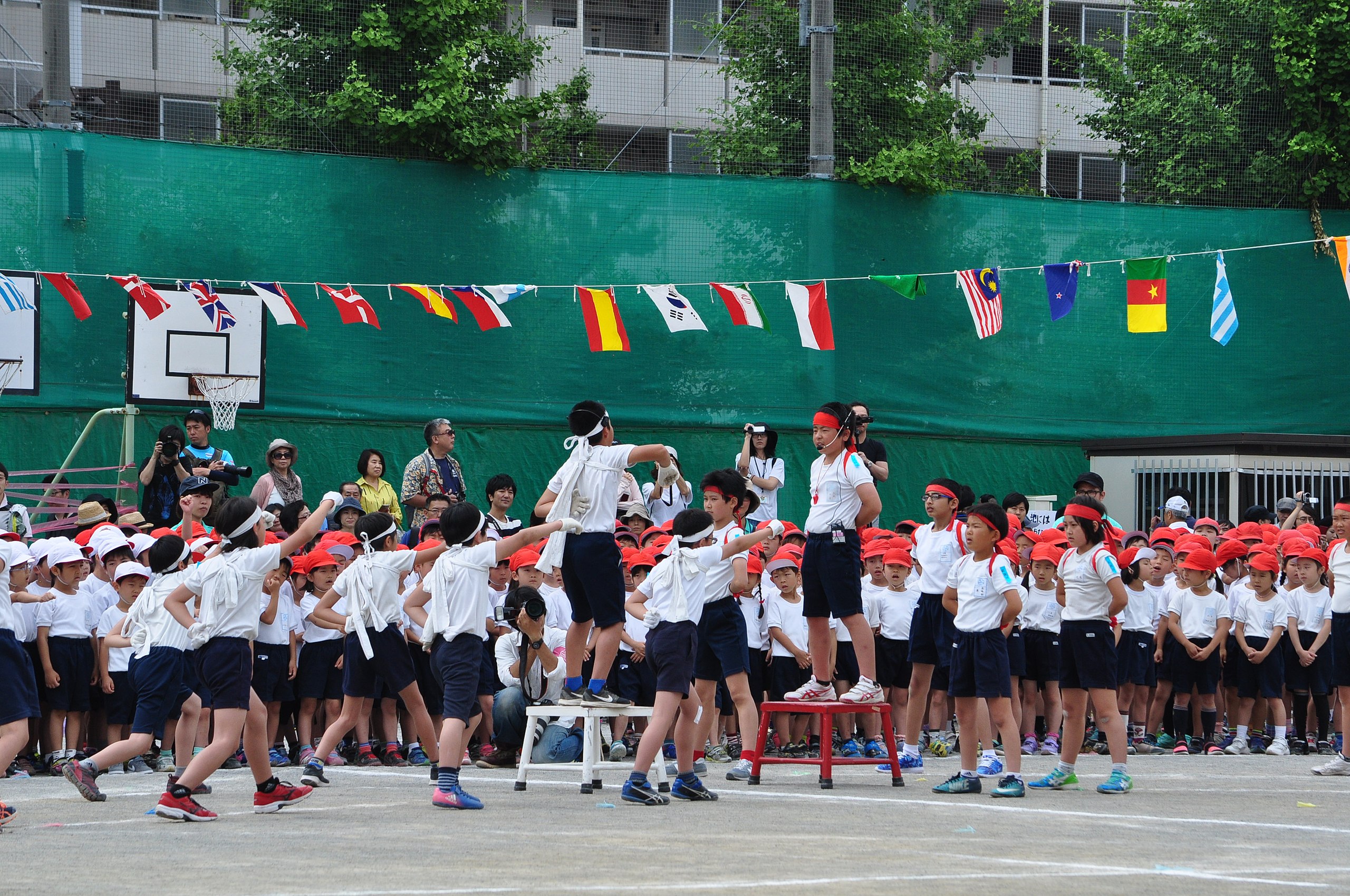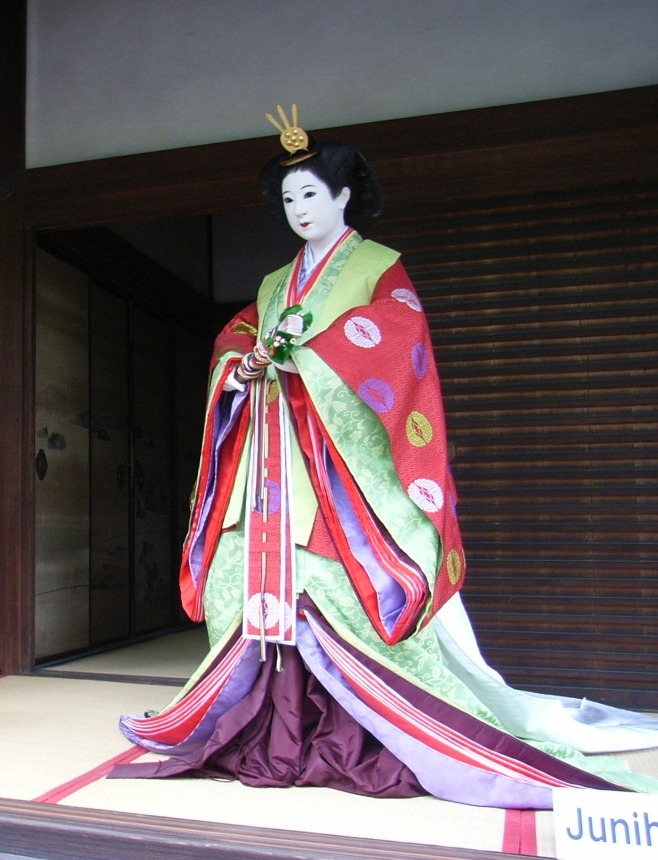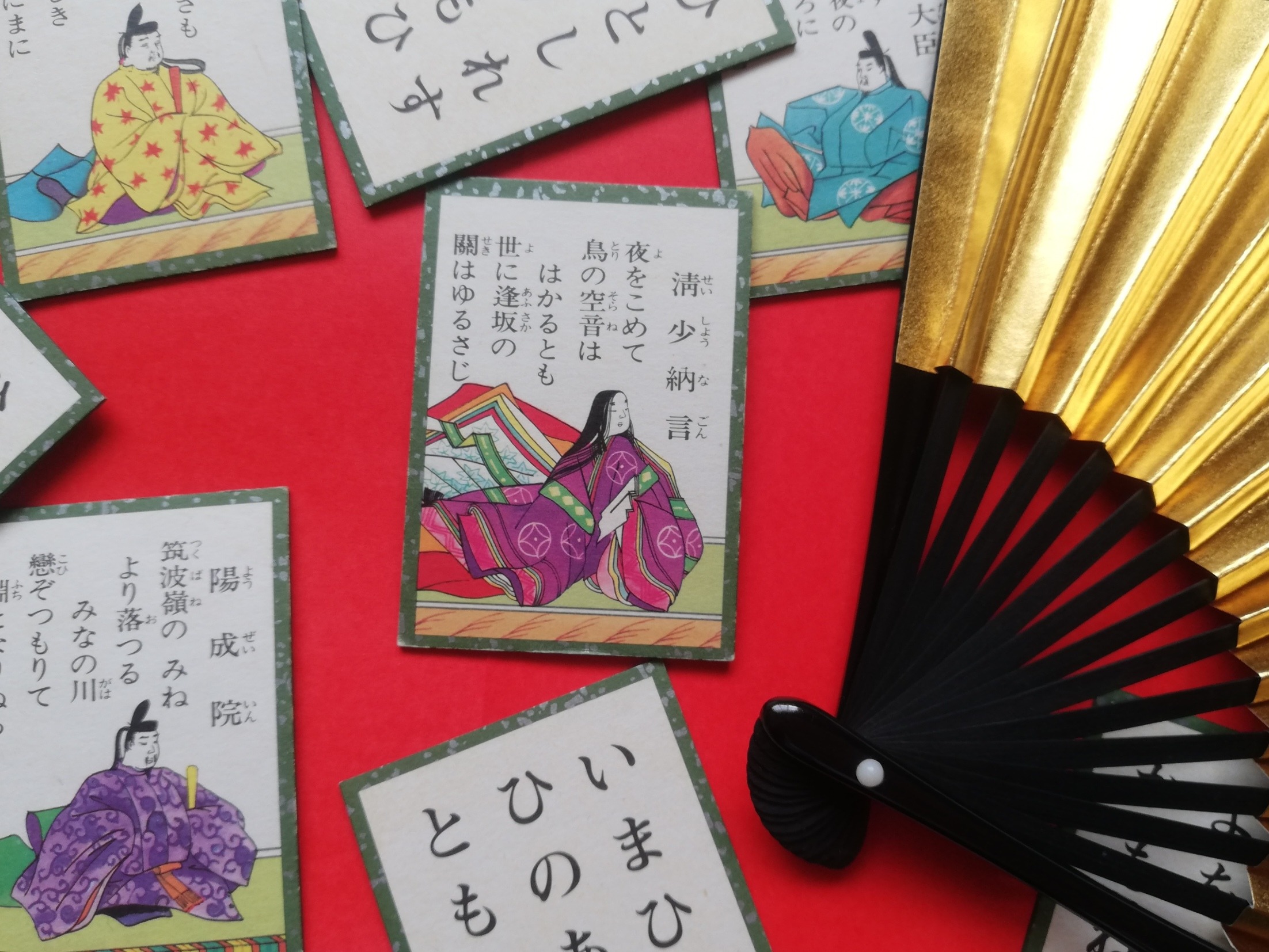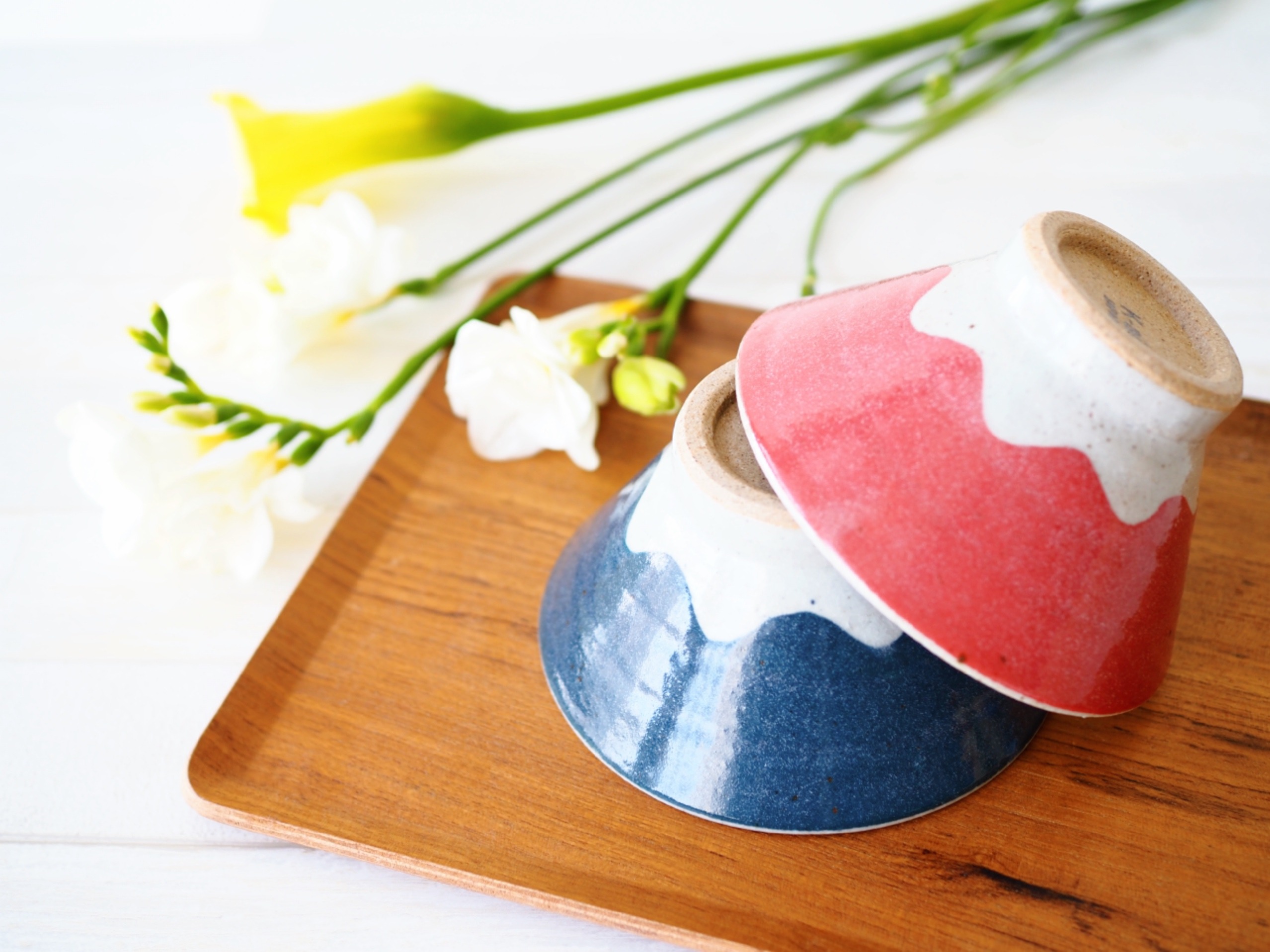
Awase
Match, layer, compete, and arrange
Awase, kasane, kisoi, soroe is a four step concept that may be the most characteristic feature of Japan’s editing style. Awase matches and compares two contrasting objects or ideas by positioning them apart on two sides of a partition – left and right, or east and west.
The act of taking the matched information (awase) and layering them on top of each other (kasane), naturally leads to comparison and competition (kisoi). This in turn, produces winners and losers. However, unlike a tournament in which losers are cast aside, entries on both sides are again, matched, aligned, and restructured (soroe) to create new values.
Each step considers the next. Thus, in Japanese culture, competition takes place with an eye to subsequent alignment, layering takes place with the following competition in mind, and the initial matching begins in consideration of that layering.
Kisoi in the Global Market
The early part of the Heian Era saw numerous forms of awase popularized, including uta-awase (poetry contests), senzai-awase (gardening contests), kaiawase (clamshell contests), and ko-awase (incense contests). In Uta-awase, for example, court nobles would split into two teams and try to emulate each other in composing poems based on given themes. In any awase activity, emphasis was placed on displaying creativity, rather than winning or losing, while adhering to the rules of the gathering. Awase is the prototype of Japan’s play culture.
From board games, such as shogi and go, to indoor amusements, such as the tea ceremony and incense-smelling ceremony, the Japanese developed smallscale entertainment forms with extreme degrees of elaboration. This is related to the fact that awase placed importance on portability.
Today, we can see the influence of awase in computer games. For example, one of the key concepts in developing the “Poke´mon” series was that it be a “game of trades”. To this end, developers turned their eyes towards the Game Link Cable of the pioneering portable game device, Gameboy. The joy of playing “Poke´mon” was further diversified by creating a system based on the core elements of collection, nurturing, and battling, rather than competition alone. The origins of Japanese play are packed with hints for creativity that arise from artful combinations.

